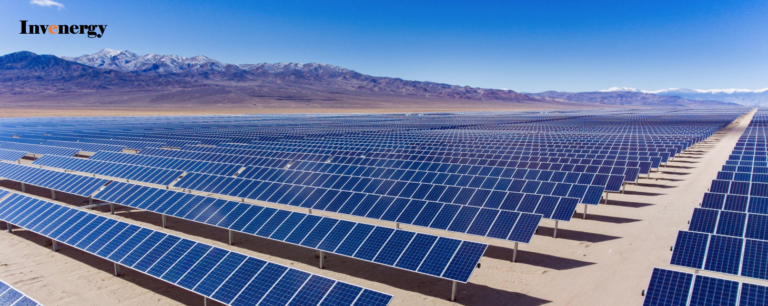A recent blog post from Axel Olson, a technical advisory consultant at 1898 & Co., part of Burns & McDonnell, detailed the frequently overlooked impacts of solar panels reflecting sunlight back into the surrounding area. As the number of solar farms continues to grow, particularly near urban environments, understanding and mitigating the impacts of reflected glare on airport operations is a growing concern.
Mandating Analysis
Solar projects near airports are subject to Federal Aviation Administration regulations, one component of which is a glare analysis. While there is no hard-and-fast rule, at present, stating what project sizes or locations are subject to review, projects within five miles of an airport should expect to have to submit. That rule of thumb can extend farther depending on the project’s size.
To assess glare, the FAA requires use of a Solar Glare Hazard Analysis Tool it developed in conjunction Sandia National Laboratories. Olson recommends a product by ForgeSolar that makes uses of the tool and enables glare specialists to conduct an analysis within a day.
Mitigating the Risks
If a study determines significant glare impacts, there are mitigation options. These include:
- Relocating the project
- Altering the tracking technology used to enable panels to follow the sun, and
- “Suboptimal position,” which adjusted the panels’ tilts a few degrees east or west to reduce glare. Some efficiency is lost, but the likelihood of achieving compliance is increased.
Withstanding the Glare
Olson notes that while airports may be a leading source of potential conflict, as sites continue to develop closer to urban centers, conflicts with other users – such as residential developers and road planners – will likely increase. Local and regional guidelines and requirements are not uniform, but the development of glare and optimization analyses are likely to be highly beneficial in identifying and minimizing impacts early in a solar project’s lifecycle. (Source)

